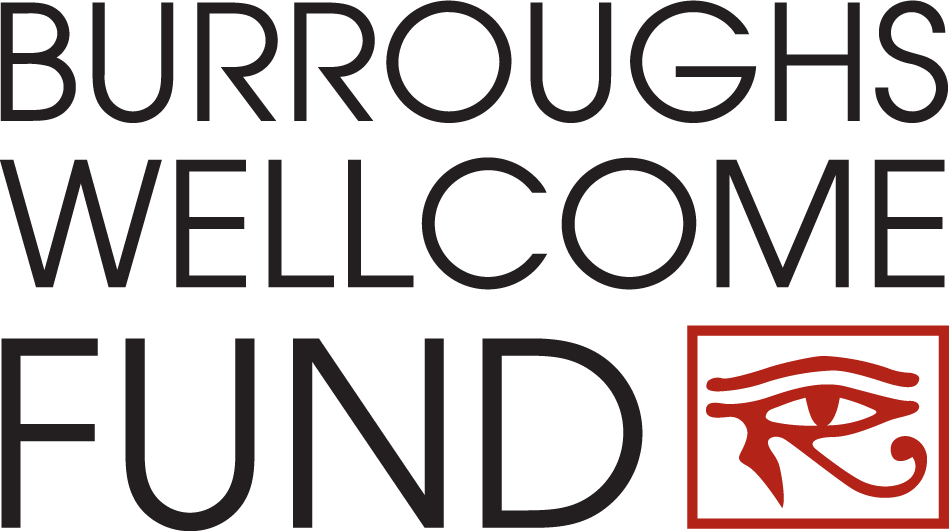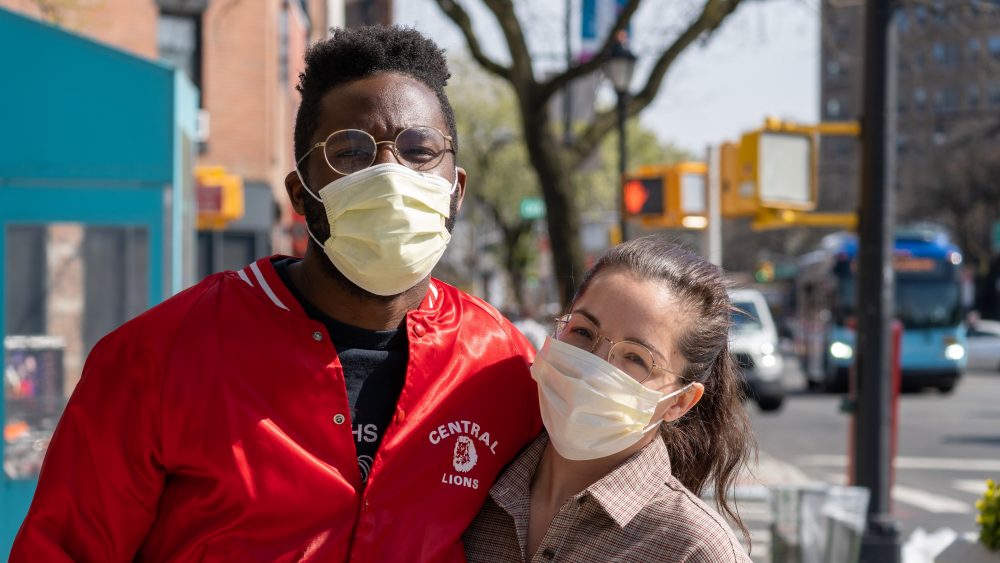Seeking a better understanding of attitudes toward COVID
“We’re on our heels with how society is reacting to vaccination because we haven’t probed deeply enough to clarify our motives.”
Chris Volpe is the Executive Director of ScienceCounts, a non-profit organization devoted to promoting awareness and support of scientific research. In November 2020, ScienceCounts conducted its third benchmark survey on public attitudes toward science and scientists, this time including questions about media reporting on COVID, and about perceptions of vaccine safety and effectiveness.
The results were, to some extent, predictable. Public perceptions of COVID media reporting, for example, is split along political and ideological lines. But there were marked surprises, also. In particular, the survey found that expectations relating to what defines a safe and effective COVID-19 vaccine vary significantly by race. This is important to know, says Volpe, if we are to achieve nationwide acceptance for the pandemic vaccination program as swiftly as possible.
“Everybody’s talking about [communicating] safety and efficacy”, says Volpe, “but has anybody actually asked what those words mean to the average person on the street? What does ‘safe’ mean to you? What’s the threshold in your mind between ‘safe’ and ‘not safe’? Forget about what an expert tells you – what do you think?”
This discussion is far from academic. Across the United States, COVID-19 infection numbers are peaking and the death count is steadily rising. We have created new, effective vaccines at unprecedented speed, yet it seems far from certain that all Americans will embrace them, and early reports indicate that 20-40% of frontline healthcare workers and nursing home employees are declining to take the vaccine.
So what is going on, here? What could account for these attitudes and behaviors? How can we rebuild this apparently tenuous trust in public health for the difficult times ahead?
COVID-19 – How Serious Is It?
The 2020 ScienceCounts survey was conducted to revisit questions asked in prior benchmark surveys – about general attitudes toward science and scientific institutions. The idea is to see what, if anything, had changed. But the COVID-related questions were added to assist public health authorities in developing vaccine communications that address the concerns of various communities. Fielded from November 18-24, the survey invited a random national sample of 1,559 Americans to participate, with quotas for age, gender, race, ethnicity, and region maintained.
The first key finding was perhaps the least surprising one: confidence in what is being said about the seriousness of Covid-19 is divided along ideological lines.
The data revealed that 96% of liberals believe the virus to be as serious or more serious than the messaging by Dr. Fauci would suggest. On the flip side, 37% of conservatives believe that Dr. Fauci was – and perhaps still is – exaggerating the seriousness of the disease. Given the wildly distinct information ecosystems, liberals and conservatives now inhabit, this result could be easily predicted.
But the survey results also showed a racial divide. Compared to white respondents, black respondents were twice as likely to believe the seriousness of COVID-19 is being underreported. This result, notes Volpe, was more surprising, given the historically pro-government, pro-science attitudes taken by Black Americans on most issues. It speaks to a general level of mistrust in public health messaging within black communities, and perhaps in the motives of the medical system as a whole.
“Safe” and “Effective” Vaccines
This race-based divide was also evident elsewhere in the study, as the survey revealed that expectations of what defines a “safe” vaccine vary significantly by race.
There was little difference between Democrats and Republicans on questions of vaccine safety. Basic intuitions about what a “safe’ vaccine is and does seem similar across these two ideological groups. But the difference between White and non-white Americans was significant – with over one-third of Black Americans saying they expected a “safe” vaccine to have zero side effects.
Again, says Volpe, this difference in perception could be rooted in a sense that the medical community does not necessarily have their best interests at heart. The most tangible example, perhaps, being the infamous Tuskegee Syphilis Study, in which more than 400 black volunteers were misled and denied proper treatment, during a government-sanctioned study that lasted over 40 years. There is a sense in black communities, says Volpe, that they have been disproportionately used as “guinea pigs”, resulting in a lower tolerance for anything experimental.
“Another piece”, says Volpe, “is to what degree are black communities represented in clinical trials? I think that needs to be considered.”
It may also reflect, as others have noted, a weaker personal relationship, and a sense of distrust, between individuals in the black community and physicians and other healthcare professionals – the result of reduced access to resources when compared to white Americans, lack of cultural sensitivity, and ineffective communication.
In contrast to perceptions of safety, ideas about vaccine effectiveness seemed unaffected by ideological or racial divides. When asked what constitutes an “effective” vaccine, there was an even split. 40% of all respondents believed that an effective vaccine should make them immune to infection, while another 40% thought it should merely make them resistant.
You may ask why this distinction between immunity and resistance even matters. Because, says Volpe, “These are two different mindsets – one expects no risk, while the other expects some risk.” This distinction is key, he explains, when you are trying to promote vaccine compliance over time.
“40% of Americans expect that if you follow the vaccine regimen, you will not get sick. Biology tells us otherwise. So what happens when some vaccinated Americans inevitably get sick and die from COVID over the course of the next few weeks; how will that 40% react? Will these incidents fuel new doubts about the safety of the vaccines? Will more Americans suddenly adopt a wait and see approach? Will this be the tipping point for younger adults inclined to sit out the vaccination process entirely? Are public health communicators ready for these contingencies?”
The core problem, says Volpe, is that “we have skipped over some of the fundamental communication questions you should ask, and have data on.” We will continue to be surprised at public reactions, he says, if we “don’t understand the fundamental physics that are driving the system.”
“Step one in addressing this problem,” says Volpe, is in acknowledging the discontinuity within the public, that “what we say and what people hear is often different” and their take depends on their personal experience and worldview.
“Forget about complex messages. How do you reassure someone that something’s safe if you don’t know what the word ‘safe’ means to them?” Only then, says Volpe, can we begin to tailor our strategies and messages, based on that fundamental knowledge.
Triage and Trade-offs
Scientists often assume that resistance to public health measures, including vaccination, is due to a lack of education or appreciation. But the first and second benchmark surveys by ScienceCounts found that on average, public attitudes toward science and science-driven health efforts remained surprisingly positive. This latest survey has found the same average result. Why, then, are Americans so split on specific issues like COVID reporting and vaccination? And why do seemingly persuasive, public-health messages go ignored?
The answer, suggests Volpe, is that in engaging the public, scientists and science communicators are often too dismissive of dissent, too focused on education, and largely blind to the primacy of trade-offs.”
I think people generally are good at crisis management because that’s life in the modern world. They make decisions based on timescales and trade-offs… If my house is on fire or I’m stuck on the side of the road with a flat tire, and you come up to me and tell me why I should worry about climate change…Maybe I don’t disagree with you, but at that moment I’ve got some more pressing catastrophes to deal with.
“The good news is, for all the apparent divisiveness and dissent surrounding COVID-19, there seems to be a consensus that containment measures will and should continue, even after the vaccine rollout begins. The survey revealed that this result has held steady over time, and is largely independent of ideology, racial group, and even age. This is important to know, says Volpe, as it helps us understand motivations for getting vaccinated, and their probable behaviors afterward.
“Are they getting vaccinated simply because they want to get out of wearing masks and social distancing…or is the motivation more altruistic?”
This positive response, he says, indicates that “people are acting more consciously”, and asking themselves “can I be part of a larger solution?” There is more goodwill out there, it would seem, than news and social media might suggest.
This most recent ScienceCounts survey shows that on average, public attitudes toward science, scientists – and even vaccination – remain surprisingly positive. But the variability between different ideological and racial groups hints at more going on beneath the surface. If we want to handle the pandemic effectively, says Volpe, we cannot afford to be complacent or to make blanket assumptions about the reasons behind resistance and acceptance to vaccination and other mitigation measures.
“We’re still in the theoretical phase of how things might play out,” says Volpe. “Where this will be most useful and interesting is as people try to anticipate bumps and turns in the road ahead. That’s the value of data.”
And if the last twelve months of chaos and contradictory information have taught us anything, it is this: messaging is everything.
###
The study was conducted with funding from the Burroughs Wellcome Fund, the Kavli Foundation, the Hellman Family, the Moore Foundation, and the Rita Allen Foundation.
For the background report:
ScienceCounts’ Report: Americans’ Expectations for COVID-19 Vaccine Safety and Effectiveness
https://sciencecounts.org/wp-content/uploads/2020/12/Covid-Vaccine-Survey-ScienceCounts.pdf


Comments are closed.